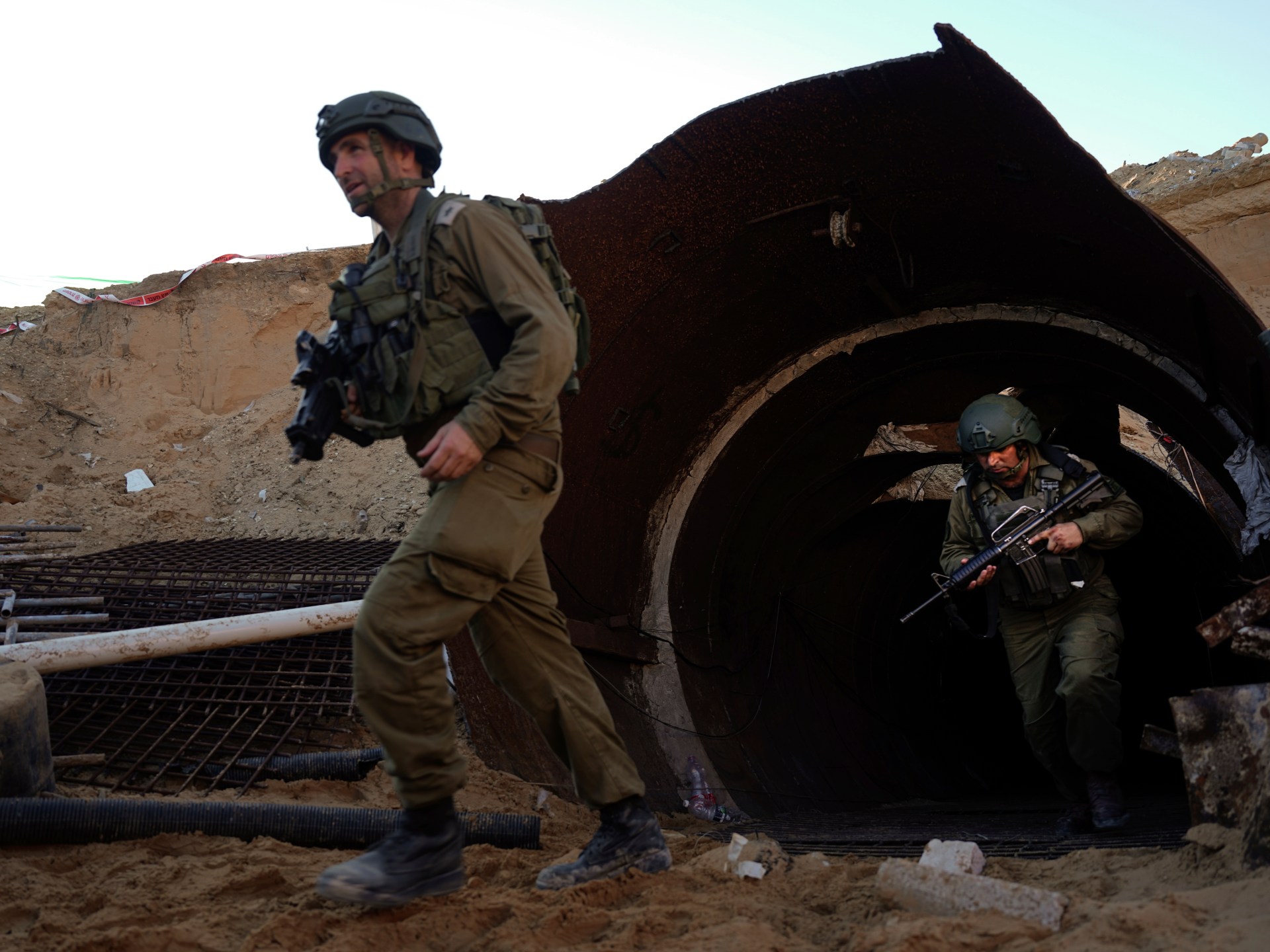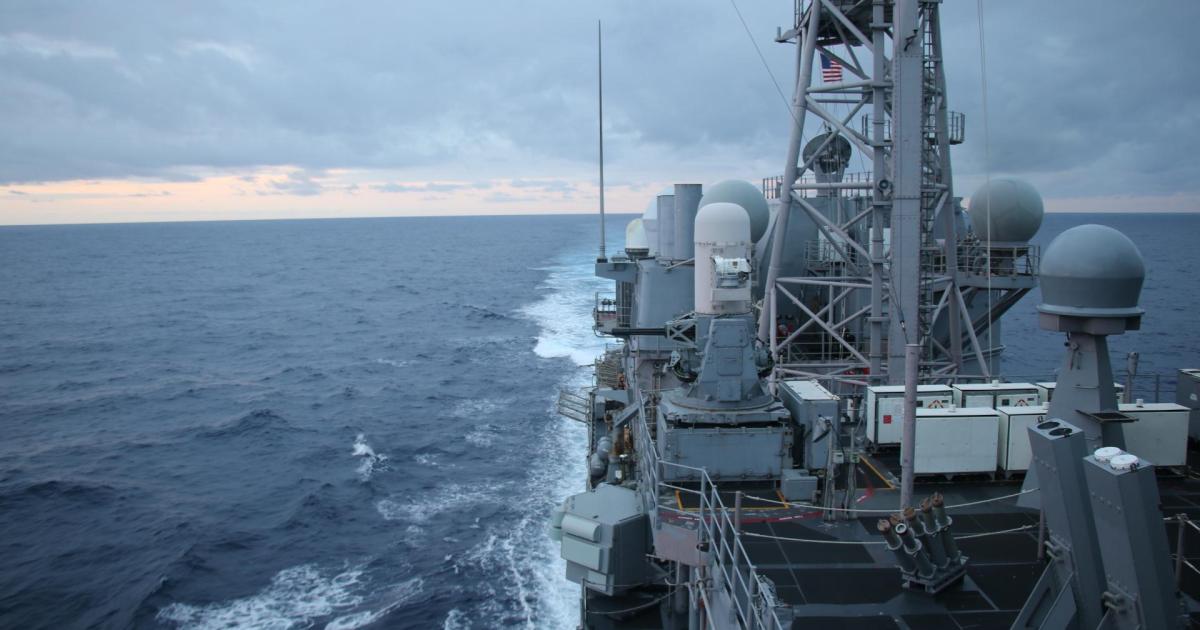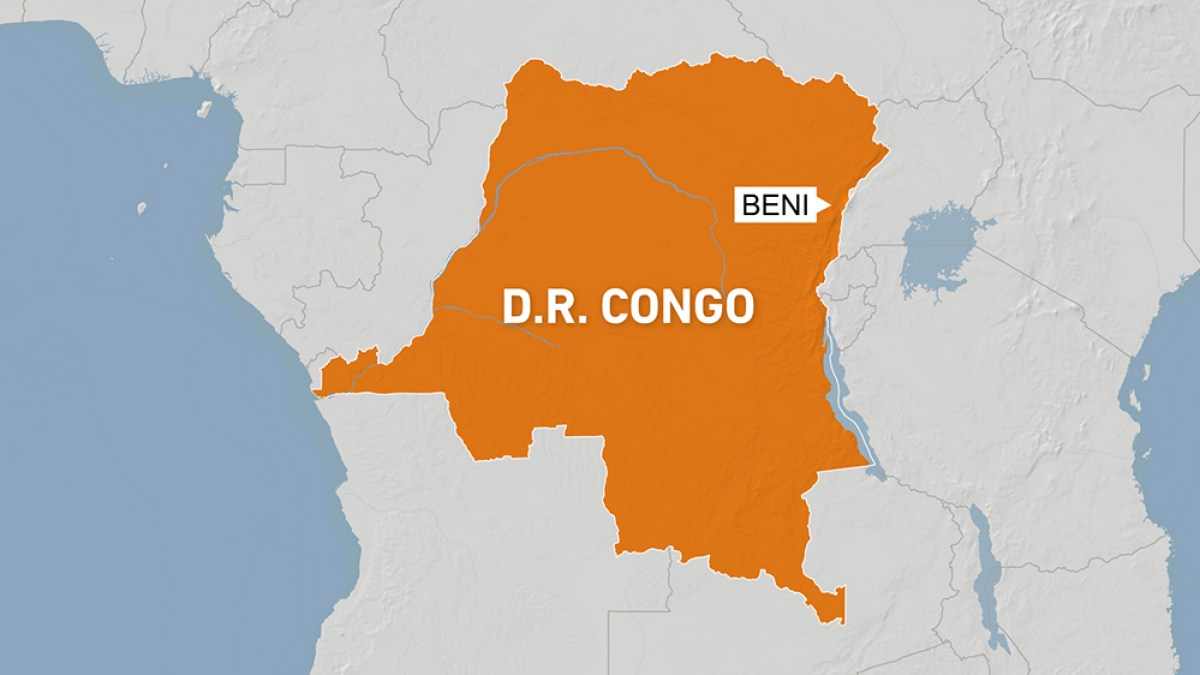Has Israel realised that it can’t ‘eradicate’ Hamas? | Israel War on Gaza News
In early January, Israel announced that it was withdrawing some of its forces from northern Gaza after “dismantling” Hamas’s military activities in the region.
Three months had passed since the start of its war on Gaza, more than 20,000 Palestinians had been killed and Israel had increasingly turned its attention to central and southern Gaza, here it has surrounded and targeted the city of Khan Younis in particular.
But on January 16, Hamas launched 25 rockets from the northern Gaza strip at the southern Israeli city of Netivot. While no civilians were killed, the attack punched holes in the Israeli claim that it was on its way to destroying Hamas, even after more than 100 days of war.
Since Hamas’s deadly attack on Israeli communities and military outposts on October 7, in which 1,139 people were killed, the government of Prime Minister Benjamin Netanyahu has insisted that it wants to “eradicate” the Palestinian armed group.
At the time, many analysts warned that destroying the group was an unrealistic aim that would only compound the costs imposed on Gaza’s civilian population. Now, the fresh signs of Hamas regaining the ability to target Israel from northern Gaza further bolster those predictions.
“I think [the rocket attacks] sends a message to Israelis at large that their goal at eradicating Hamas is failing,” said Omar H Rahman, an expert on Israel-Palestine with the Middle East Council on Global Affairs think tank.
“If you can still fire rockets and if you can still attack troops – in the north of all places where Israel has laid siege for 112 days – then [the war aim of destroying Hamas] is failing,” he told Al Jazeera.
Eliminating the tunnels?
Israel has vowed to destroy Hamas’s vast tunnel network under Gaza. But so far, Israel has failed to substantially impede the movement of Hamas fighters underground, according to Oren Ziv, an Israeli commentator and a journalist with +972 magazine, a publication based in Tel Aviv.
“I would estimate that Israel doesn’t have the full picture of where the tunnels connect from and how. And the fact we still see attacks from northern Gaza means that the tunnel system is still operating,” Ziv told Al Jazeera.
According to Israeli military officials, as well as previous statements by Palestinians in Gaza and official statements by Hamas, the tunnels in the Gaza Strip are hundreds of kilometres long.
For decades, they have been used to smuggle all sorts of civilian supplies, as well as weapons from Egypt.
Hiding the captives
Hamas has used the tunnels for other means, including to ambush Israeli troops in Gaza and hide many of the 240 captives its fighters captured on October 7.
Many of the captives were released in exchange for Palestinian prisoners during a short pause in fighting brokered in November.
Israel believes that about 100 captives remain inside the tunnels and estimates that 25 have been killed in captivity – possibly as a result of its own heavy and indiscriminate bombardment of the Gaza Strip.
Despite the danger that Israel’s war tactics pose to the captives, the Israeli military has tried to blow up a number of tunnels in Gaza and flood some with water from the Mediterranean. But released captives fear that this strategy could drown the Israelis still down there, according to conversations between them and Netanyahu, which were leaked to the press.
“The Israeli government continues to oversell what it can accomplish through military means. It said that it can release Israeli hostages through military means, but with the exception of one hostage that has not proven to be the case,” said Hugh Lovatt, an expert on Israel-Palestine relations with the European Council on Foreign Relations.
“Military action has actually killed hostages,” he told Al Jazeera.
Human cost
Despite the ordeal captives face, Palestinian civilians have borne the brunt of Israel’s loosely defined and unrealistic war aims, said Lovatt.
He said that Israel claims to have killed 9,000 Hamas fighters out of a total of more than 25,000 Palestinians killed in the enclave, according to the Ministry of Health in Gaza. However, 70 percent of the victims are believed to be women and children.
“My feeling is that Israel is treating every dead male [in Gaza] as Hamas,” Lovatt told Al Jazeera.
Lovatt said he doubted the Israeli figure of 9,000 Hamas fighters killed so far. But “even if we take that number as accurate”, he said, that still leaves the vast majority of the armed group’s personnel alive and ready to fight. According to the CIA, Hamas has about 35,000 fighters in Gaza alone, Lovatt pointed out. “That shows there are still a lot of fighters in Gaza that will outlast Israel’s military operations.”
While analysts agreed that Hamas won’t be “eradicated”, they acknowledged that the group’s military capabilities have been downgraded and risk being further reduced.
But they stressed that Israel’s war tactics will ultimately embolden – not destroy – Hamas.
“Israel is capable of reducing Hamas’ military capacity, but its collective punishment on Gaza’s civilian population is feeding the generational drivers of resistance in every way possible,” Rahman, from the Middle East Council for Global Affairs, told Al Jazeera.
“And when it comes to capacity, that is one thing that can always be rebuilt.”




